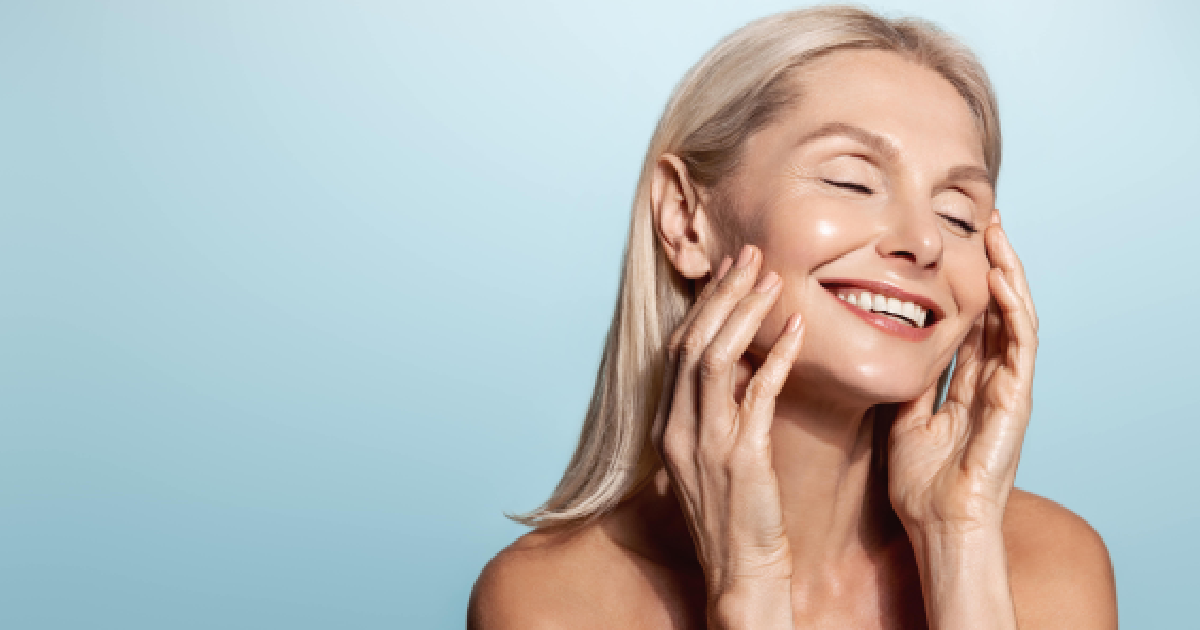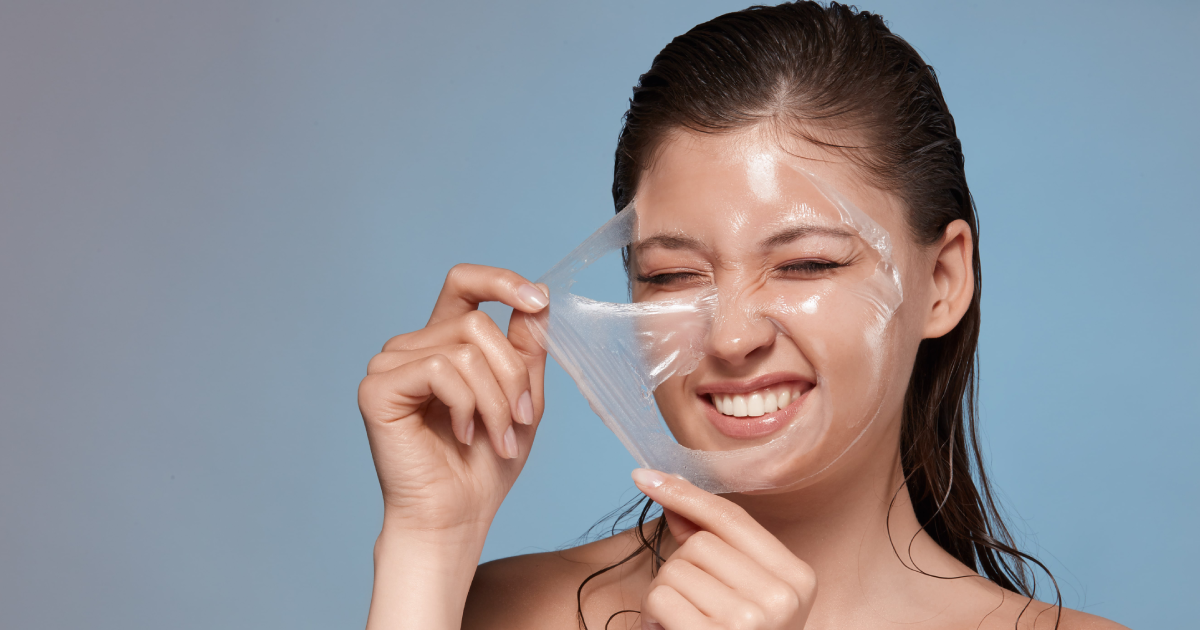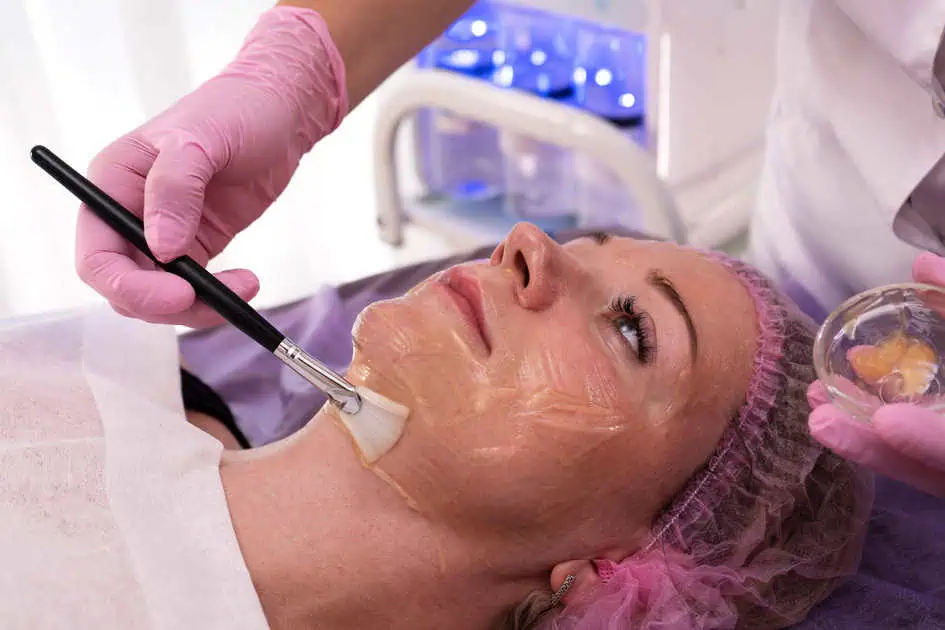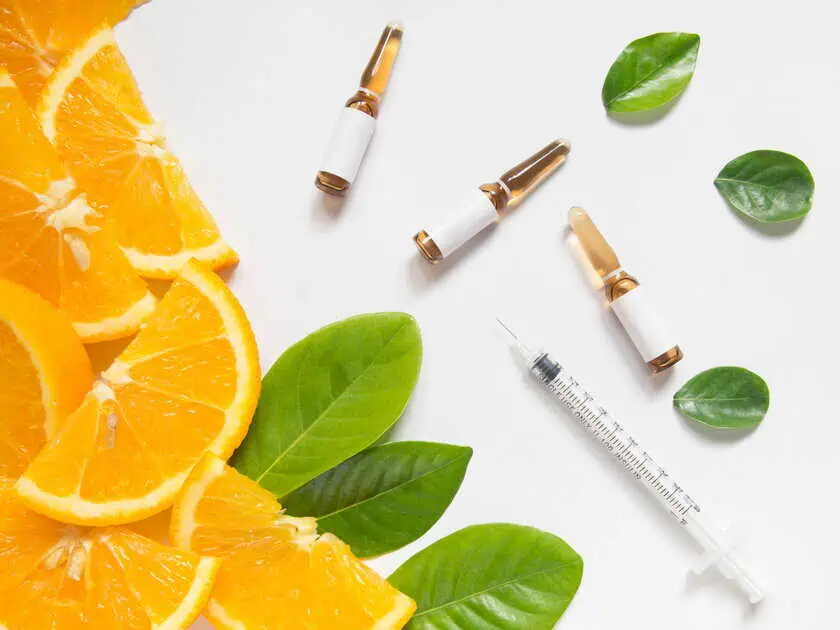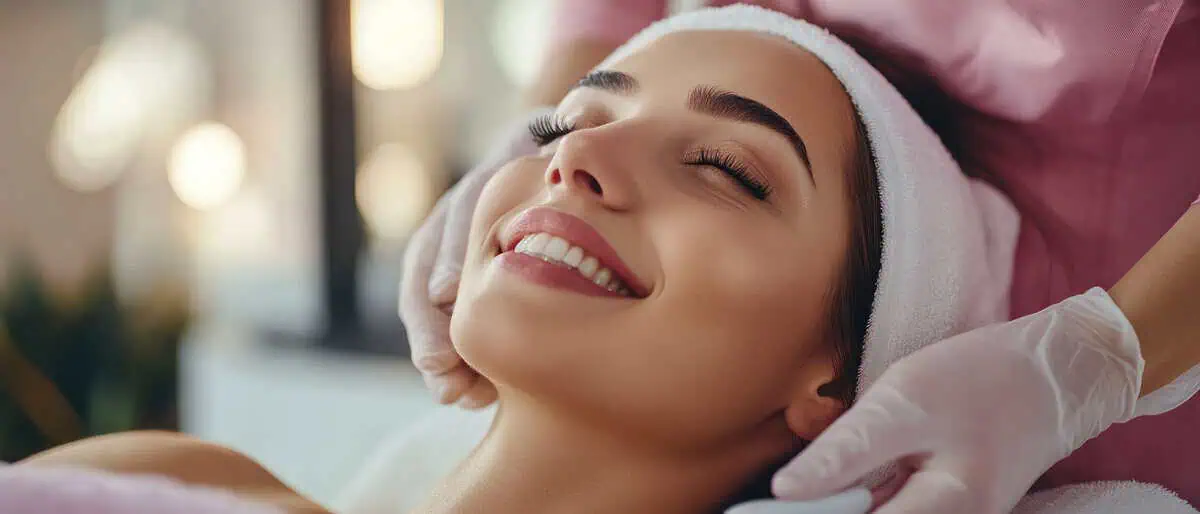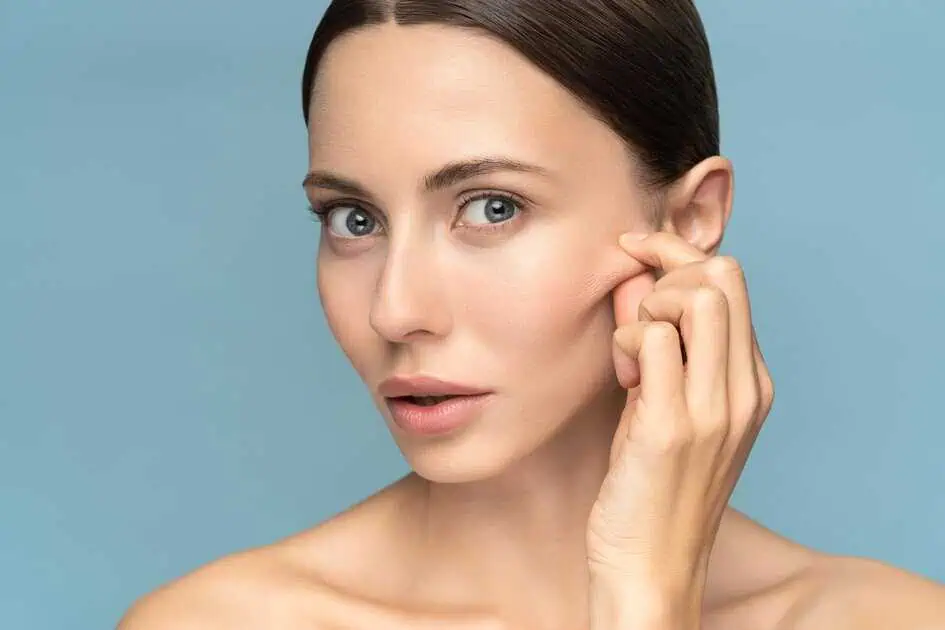Understanding Under-Eye Circles
Under-eye circles are a common cosmetic concern affecting many individuals, leading to a tired or aged appearance. These dark circles can result from various factors, including genetics, lifestyle, and environmental influences. Understanding the root cause is crucial for effective treatment and prevention.
Causes of Under-Eye Circles
Genetic Factors
Genetics play a significant role in the development of under-eye circles. If your parents or grandparents had them, chances are you might too. Thin skin and increased pigmentation around the eyes can be inherited traits.
Lifestyle Choices
Poor lifestyle choices such as inadequate sleep, excessive alcohol consumption, and smoking can contribute to the formation of dark circles. These habits can lead to dehydration, reduced blood flow, and damage to the delicate skin under the eyes.
Aging
As we age, our skin loses collagen and becomes thinner, making the blood vessels beneath more visible. This can result in a darker, hollowed appearance under the eyes.
Allergies and Eczema
Allergic reactions and conditions like eczema can cause itching and inflammation around the eyes. Frequent rubbing and scratching can damage the skin, leading to dark circles.
Nutritional Deficiencies
Deficiencies in essential nutrients such as iron and vitamin K can contribute to dark circles. These nutrients are crucial for healthy blood circulation and skin health.
Medical Aesthetic Treatments for Under-Eye Circles
Topical Treatments
Topical treatments are often the first line of defense against under-eye circles. These include creams and serums containing ingredients like retinol, vitamin C, hyaluronic acid, and peptides. These ingredients help to brighten the skin, improve texture, and stimulate collagen production.
Chemical Peels
Chemical peels can be effective in treating pigmentation issues under the eyes. These peels use alpha hydroxy acids (AHAs) or beta hydroxy acids (BHAs) to exfoliate the skin, reduce pigmentation, and promote cell turnover.
Laser Therapy
Laser therapy is a popular and effective treatment for under-eye circles. Lasers such as fractional CO2 or Q-switched lasers can target pigmentation, improve skin texture, and stimulate collagen production. This treatment can provide long-lasting results with minimal downtime.
Dermal Fillers
Dermal fillers are injectable treatments that can address volume loss and hollowness under the eyes. Hyaluronic acid-based fillers like Juvederm and Restylane can provide instant results, filling in the hollow areas and reducing the appearance of dark circles.
Microneedling
Microneedling involves using fine needles to create micro-injuries in the skin, stimulating collagen production and improving skin texture. When combined with radiofrequency or platelet-rich plasma (PRP), microneedling can significantly enhance the results.
Platelet-Rich Plasma (PRP) Therapy
PRP therapy uses the patient’s own blood to extract growth factors and platelets, which are then injected into the under-eye area. This treatment promotes healing, improves skin texture, and reduces pigmentation.
Carboxytherapy
Carboxytherapy involves injecting carbon dioxide gas into the under-eye area. This increases blood flow, improves skin elasticity, and reduces pigmentation, resulting in a brighter and more youthful appearance.
Preventing Under-Eye Circles
Healthy Lifestyle Choices
Adopting a healthy lifestyle is essential for preventing under-eye circles. This includes getting adequate sleep, staying hydrated, and maintaining a balanced diet rich in vitamins and minerals.
Sun Protection
Protecting your skin from the sun is crucial in preventing pigmentation issues. Use a broad-spectrum sunscreen with an SPF of at least 30, wear sunglasses, and avoid excessive sun exposure.
Proper Skincare Routine
A consistent skincare routine can help prevent and reduce under-eye circles. Use products specifically designed for the delicate skin around the eyes, and avoid harsh chemicals that can irritate the skin.
Allergy Management
Managing allergies can prevent the inflammation and itching that contribute to dark circles. Use antihistamines as needed, and avoid known allergens to keep your skin calm and clear.
Regular Exercise
Regular exercise improves blood circulation and promotes overall skin health. Aim for at least 30 minutes of moderate exercise most days of the week.
Avoid Smoking and Excessive Alcohol Consumption
Smoking and excessive alcohol consumption can dehydrate the skin and damage blood vessels, leading to dark circles. Avoid these habits to maintain healthy skin.
Home Remedies for Under-Eye Circles
Cold Compress
Applying a cold compress can constrict blood vessels and reduce swelling, helping to diminish the appearance of dark circles.
Cucumber Slices
Cucumber slices are known for their soothing properties. Place chilled cucumber slices over your eyes for 10-15 minutes to reduce puffiness and brighten the under-eye area.
Tea Bags
Caffeinated tea bags contain antioxidants and tannins that can improve blood circulation and reduce dark circles. Place used tea bags in the refrigerator, then apply them to your eyes for 10-15 minutes.
Aloe Vera Gel
Aloe vera gel has moisturizing and anti-inflammatory properties. Apply a small amount under your eyes to hydrate the skin and reduce pigmentation.
Potato Slices
Potato slices contain natural bleaching agents that can lighten dark circles. Place chilled potato slices over your eyes for 10-15 minutes to see a difference.
Consultation with a Professional
For persistent under-eye circles, consulting with a medical professional is advisable. They can provide personalized treatment plans and recommend the most effective procedures based on your specific needs.

